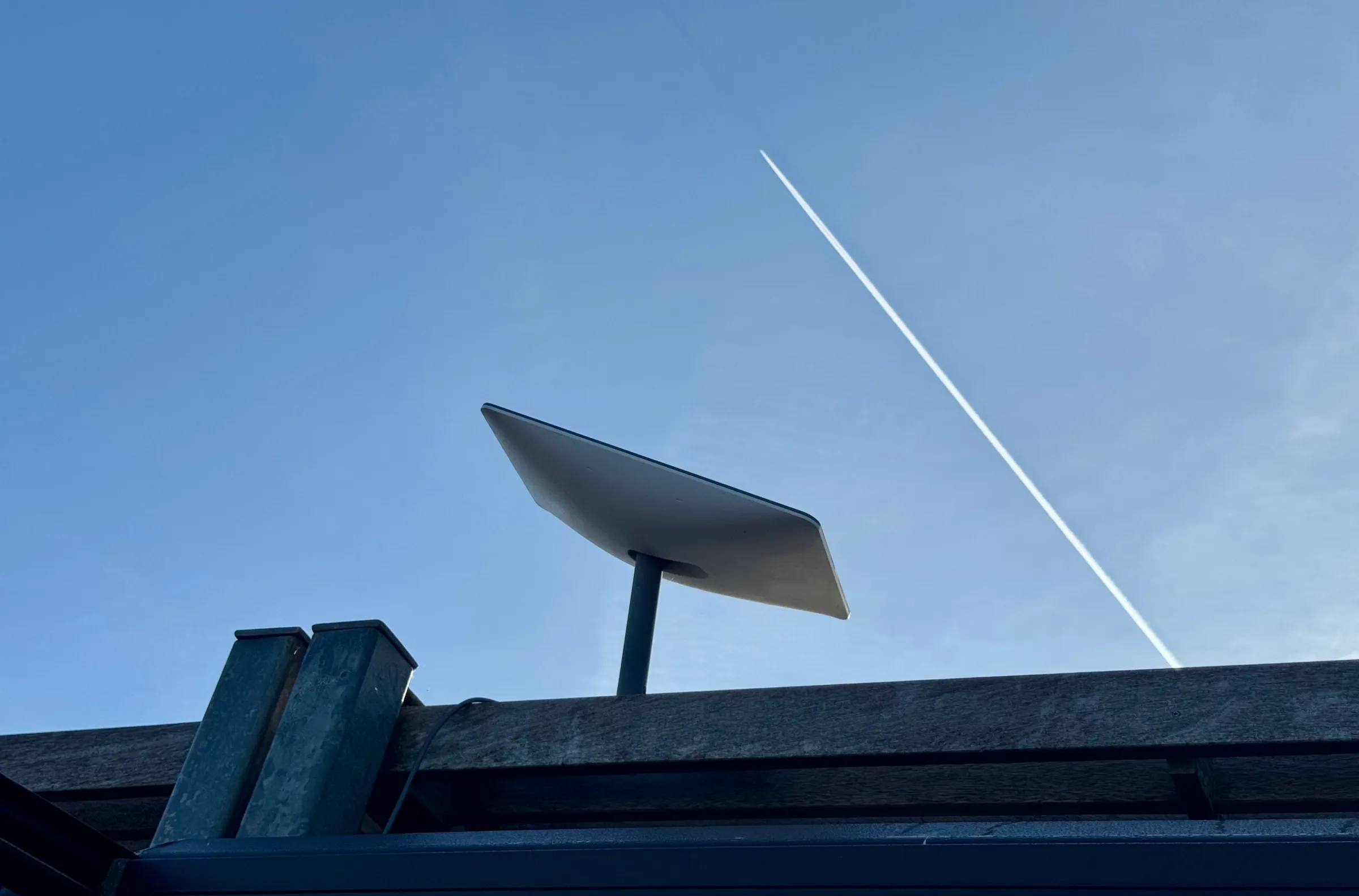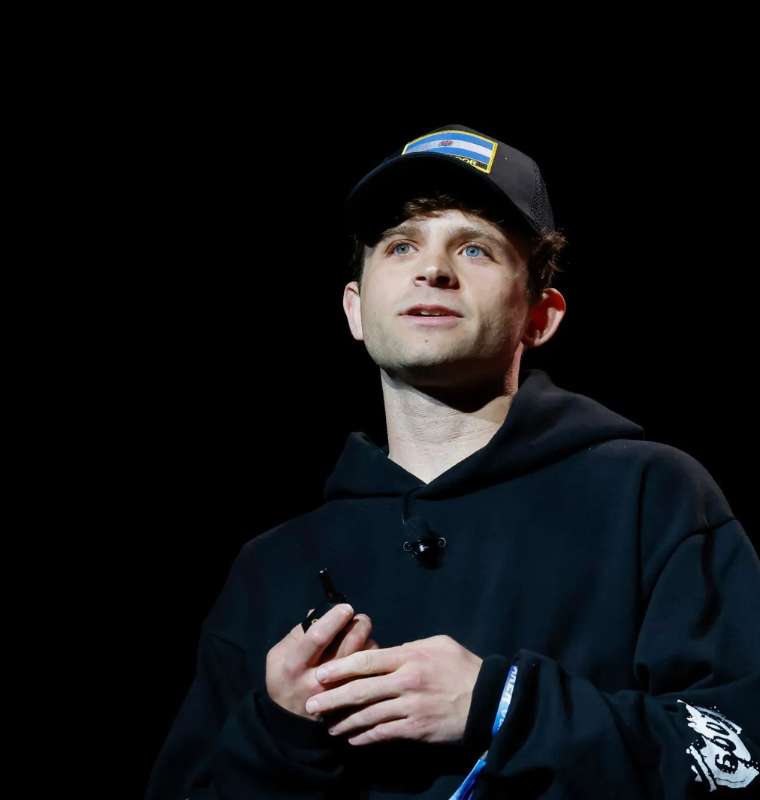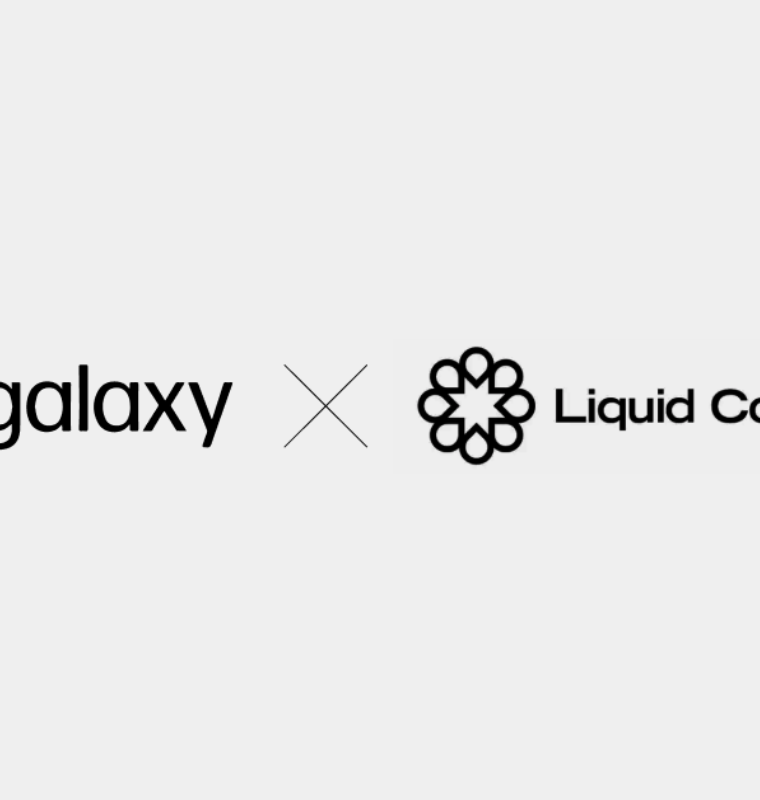Starlink Suffers Major Outage Just Hours After T-Mobile Launches Satellite-Powered T-Satellite Service
Starlink Suffers Major Outage Just Hours After T-Mobile Launches Satellite-Powered T-Satellite Service
By
Junia Wells
Last updated:
July 25, 2025
First Published:
August 6, 2025

Photo: The Verge
Starlink Hit by Widespread Outage During T-Satellite Launch Surge
Elon Musk’s satellite internet provider Starlink, operated by SpaceX, faced a significant network outage Thursday, just as excitement peaked around the launch of T-Mobile’s new Starlink-powered direct-to-phone service, T-Satellite. The blackout, which lasted approximately two and a half hours, left thousands of users across North America temporarily disconnected — a timing that raised eyebrows across the tech and telecom industries.
According to Downdetector, a platform that tracks service disruptions in real-time, more than 60,000 users reported connectivity issues between early afternoon and early evening. The outage appeared to begin shortly after T-Mobile’s highly publicized announcement that T-Satellite — a service aimed at keeping phones connected even in remote, tower-less locations — had officially launched.
Musk and SpaceX Acknowledge Disruption
Elon Musk addressed the issue publicly on X (formerly Twitter) at 4:30 p.m. ET, offering a brief apology: “Service will be restored shortly.” By 6:23 p.m. ET, Michael Nicolls, SpaceX’s Vice President of Starlink Engineering, posted that the system had “mostly recovered” and that engineers were working to ensure stability moving forward.
Neither Starlink nor T-Mobile has confirmed whether the outage was related to the T-Satellite launch, though the close timing has fueled speculation among users and industry observers.
T-Satellite: What Is It and Why Does It Matter?
T-Mobile’s T-Satellite, developed in partnership with Starlink, is designed to solve one of the telecom industry’s most persistent challenges — keeping mobile phones connected in areas without traditional cell towers. Using low Earth orbit satellites, the service enables basic connectivity in remote areas, emergency situations, and rural communities, where traditional coverage fails.
The service is seen as a major leap forward in mobile communications, offering coverage where even 5G cannot reach. Analysts estimate that more than 500,000 square miles in the U.S. lack adequate mobile coverage — a market T-Satellite aims to serve directly.
T-Mobile’s statement on Wednesday claimed, “T-Satellite is built to keep phones online in places no carrier towers can reach — mountains, oceans, national parks, and disaster zones.”
Rising User Base, Rising Strain
Starlink’s user base has grown rapidly since its beta launch in 2020, with current estimates suggesting over 2.7 million subscribers worldwide. The service spans residential customers, maritime operations, aviation, RV users, and now — mobile phone carriers.
However, a recent study published by network analytics firm Ookla found that Starlink’s internet speeds have decreased as its popularity surged. In the U.S., average download speeds have dropped from 90 Mbps in late 2022 to just under 70 Mbps in mid-2024. Latency and congestion issues are expected to intensify unless infrastructure upgrades keep pace with demand.
Elon Musk’s Growing Tech Ecosystem Faces Strain
The Starlink outage is the latest in a string of operational hiccups across Elon Musk’s growing tech empire. His social media platform X, purchased for $44 billion in 2022, has suffered multiple outages in recent months — including a high-profile disruption in early July and another in May, which Musk described as a “wake-up call” that highlighted the need for major backend improvements.
As Musk aggressively expands his vision of interconnected platforms — from rockets to telecoms to online media — questions remain about scalability, redundancy, and long-term reliability.
Looking Ahead: What This Means for Starlink and Satellite Connectivity
While the outage was relatively short-lived, it struck at a critical moment. As competition heats up from players like Amazon’s Project Kuiper, OneWeb, and global telecom providers, consistency and trust will be key to Starlink’s ability to maintain market dominance.
Analysts say that while T-Satellite remains an impressive step toward universal coverage, Thursday’s disruption underscores the fragility of satellite-based infrastructure when stretched to new applications.
“Launching new services under real-world demand stress is a great stress test,” said tech analyst Erik Lin of FutureWave Research. “But it also exposes every flaw in the system.”
For now, Starlink is back online, but the pressure is on — not just to deliver universal access, but to do it reliably, and without surprises.
Popular articles
Subscribe to unlock premium content
Disney’s Timeless Magic and How the Entertainment Giant Continues to Shape Culture and Innovation

Imran Khan’s Economic Missteps Amid Political Chaos in Pakistan

The Philippines’ Digital Shift How Remittances and BPO Are Fueling Growth

Disney’s Timeless Magic and How the Entertainment Giant Continues to Shape Culture and Innovation

Imran Khan’s Economic Missteps Amid Political Chaos in Pakistan

Disney’s Timeless Magic and How the Entertainment Giant Continues to Shape Culture and Innovation









